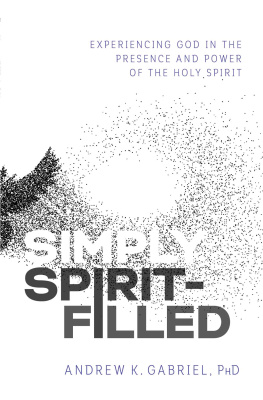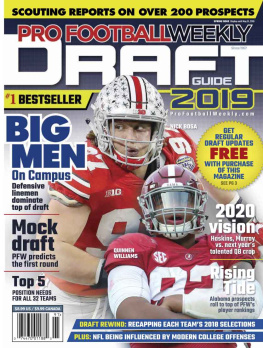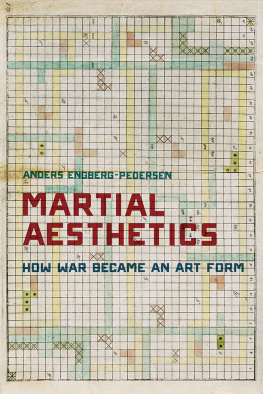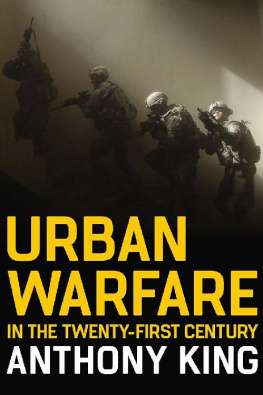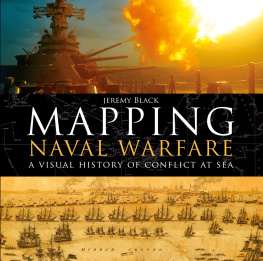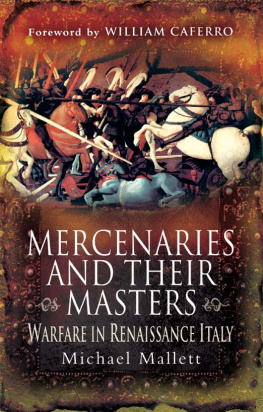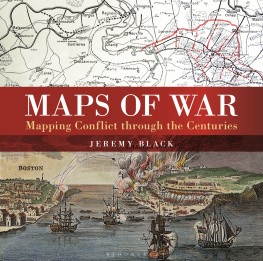Between Flesh and Steel
Also by Richard A. Gabriel
Man and Wound in the Ancient World: A History of Military Medicine from Sumer to the Fall of Constantinople
Hannibal: The Military Biography of Romes Greatest Enemy
Philip II of Macedonia: Greater than Alexander
Thutmose III: A Military Biography of Egypts Greatest Warrior King
Scipio Africanus: Romes Greatest General
The Battle Atlas of Ancient Military History
The Warriors Way: A Treatise on Military Ethics
Muhammad: Islams First Great General
Soldiers Lives Through History: The Ancient World
Jesus the Egyptian: The Origins of Christianity and the Psychology of Christ
Empires at War: A Chronological Encyclopedia
Subotai the Valiant: Genghis Khans Greatest General
The Military History of Ancient Israel
The Great Armies of Antiquity
Sebastians Cross
Gods of Our Fathers: The Memory of Egypt in Judaism and Christianity
Warrior Pharaoh: A Chronicle of the Life and Deeds of Thutmose III, Great Lion of Egypt, Told in His Own Words to Thaneni the Scribe
Great Captains of Antiquity
The Culture of War: Invention and Early Development
The Painful Field: Psychiatric Dimensions of Modern War
No More Heroes: Madness and Psychiatry in War
Military Incompetence: Why the American Military Doesnt Win
To Serve with Honor: A Treatise on Military Ethics and the Way of the Soldier
With Donald W. Boose Jr.
Great Battles of Antiquity: A Strategic and Tactical Guide to Great Battles That Shaped the Development of War
With Karen S. Metz
A Short History of War: The Evolution of Warfare and Weapons
History of Military Medicine, Vol. 1: From Ancient Times to the Middle Ages
History of Military Medicine, Vol. 2: From the Renaissance Through Modern Times
From Sumer to Rome: The Military Capabilities of Ancient Armies
Between Flesh and Steel
A HISTORY of MILITARY MEDICINE from the MIDDLE AGES to the WAR in AFGHANISTAN
RICHARD A. GABRIEL

Copyright 2013 Potomac Books, Inc.
Published in the United States by Potomac Books, Inc. All rights reserved. No part of this book may be reproduced in any manner whatsoever without written permission from the publisher, except in the case of brief quotations embodied in critical articles and reviews.
Cover image: This Civil War cartoon depicts the military surgeon in his most-feared role as the amputator of limbs. The term sawbones to describe a surgeon dates from this period when the most common military surgical procedure was amputation. Original artwork by James Dunn; color rendition by Daniel Pearlmutter.
Library of Congress Cataloging-in-Publication Data
Gabriel, Richard A.
Between flesh and steel: a history of military medicine from the Middle Ages to the war in Afghanistan / Richard A. Gabriel. 1st ed.
p. ; cm.
Includes bibliographical references and index.
ISBN 978-1-61234-420-1 (cloth: alk. paper)
ISBN 978-1-61234-421-8 (e-book)
I. Title.
[DNLM: 1. Military Medicinehistory. 2. History, Early Modern 14511600. 3. History, Modern 1601. 4. War. 5. Weaponshistory. 6. Wounds and Injuriessurgery. WZ 80]
616.98023dc23
2012039781
Printed in the United States of America on acid-free paper that meets the American National Standards Institute Z39-48 Standard.
Potomac Books
22841 Quicksilver Drive
Dulles, Virginia 20166
First Edition
10 9 8 7 6 5 4 3 2 1
for Jude Alfred Nurik and the miracle of life
and
for Suzi, my beloved wife, whose pretty blue eyes warm my soul
CONTENTS
ILLUSTRATIONS
FIGURES
TABLES
1
THE EMERGENCE OF MODERN WARFARE
1453 to the Twenty-First Century
Death came quickly to soldiers wounded on the battlefields of antiquity. The muscle-powered weapons that tore at their flesh inflicted death suddenly. Bodies pierced by spears or hacked by swords lingered in agony for only a short time until the loss of blood brought on shock and the merciful unconsciousness that precedes death. The lethality of the ancient soldiers weapons and the primitive condition of military medical care, where it existed at all, ensured that death could not be protracted. The stricken soldier did not suffer long before slipping away.
With the appearance of gunpowder, wounding took on a more terrible character. Bullets drove fragments of clothing deep into the body, broke the long bones, and caused tracking wounds that, unless extensively incised and cleansed of loose tissue, became seats of infection. Gunpowder-driven projectiles instantly amputated arms and legs, grossly disfigured the face, laid open the skull to expose the brain, and caused multiple penetrations of the intestines. The new weapons caused terrible wounds that stimulated the search for medical techniques to deal with them. But medical innovation was unable to keep pace, and its treatments served mostly to prolong the suffering of the wounded without ultimately preventing their death from shock, blood loss, or infection. The wounded now simply took longer to die. The Middle Ages brought with it the introduction of new medical techniques that held out the promise, mostly unfulfilled, of saving the soldiers life. But this progress was only a glimpse into the medical future and the beginning of the long road to effective military medical care.
The armies of the Middle Ages were a reflection of the political, social, and economic decentralization of the larger feudal social order. Most wars in this period The knights returned home under the command of their local lords, and the armies disbanded after each battle. Tax collections for military purposes were sporadic, usually taken in-kind, and left to local military commanders, who were also the political officials of the realm. As the fourteenth century dawned, Europe found itself in a period of political, economic, social, and military transition between feudalism and the rise of the embryonic nation state.
The decentralization of feudalism placed the armored knight at the pinnacle of the socio-military order, and the form of individual mounted combat at which the knight excelled had swept infantry from the field almost a thousand years earlier. The last time Europe had seen a disciplined infantry force command the battlefield was under the Roman Empire. At the start of the Hundred Years War (13371457), the supremacy of the mounted knight remained unchallenged. When this series of dynastic wars ended, new military forms were emerging that signaled that supremacys decline.
To counter the power of the mounted knight, the infantry had to be able either to withstand the shock of a mounted assault or to deliver sufficient missiles from a distance great enough to inflict casualties on the mounted formation and prevent it from closing with the infantry. At the Battle of Laupen (1339) Swiss infantry annihilated a force of mounted French knights by reinventing the Macedonian phalanx, complete with eighteen-foot-long pikes similar to the
Next page





